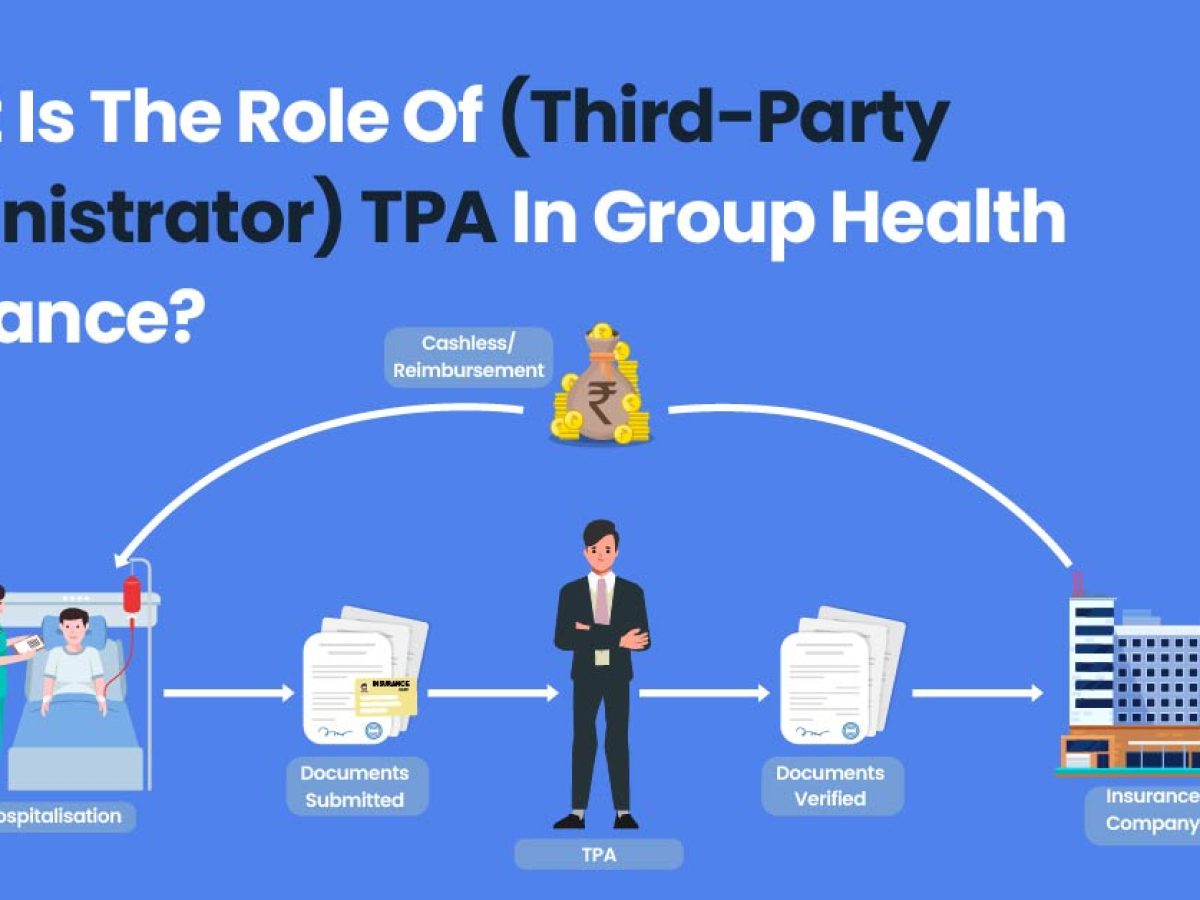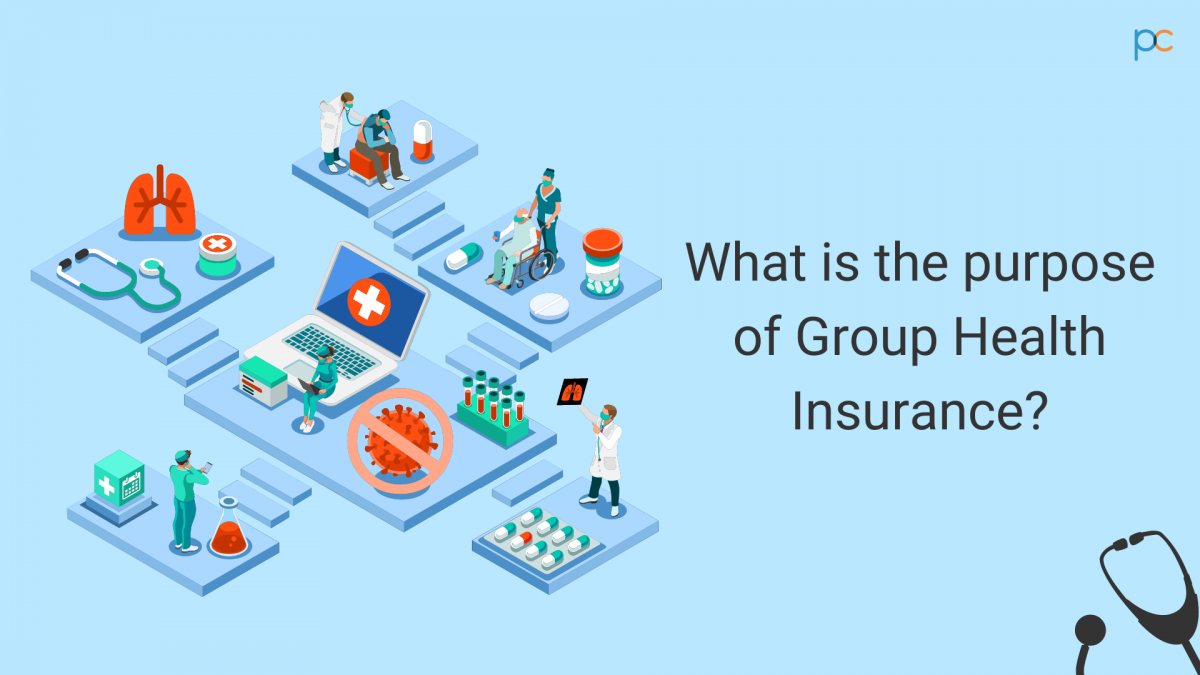An Unbiased View of Pacific Prime
Table of ContentsWhat Does Pacific Prime Mean?Pacific Prime for DummiesPacific Prime Can Be Fun For AnyoneIndicators on Pacific Prime You Should Know
In many states, the insurance provider is required to send you a copy of the modifications to your policy. It is necessary that you check out Endorsements or Cyclists so you understand just how your plan has actually transformed and if the policy is still appropriate to satisfy your requirements. To obtain a duplicate of your insurance policy, please call your insurance coverage representative or business.
The Institute of Medicine (IOM) Committee on the Consequences of Uninsurance launches an extensive evaluation of proof that addresses the relevance of medical insurance coverage with the magazine of this report. Insurance coverage Matters is the very first in a series of 6 reports that will be issued over the following two years recording the truth and consequences of having an approximated 40 million individuals in the United States without medical insurance coverage.

The smart Trick of Pacific Prime That Nobody is Talking About
The goal of this collection of research studies is to redouble policy interest on a historical problem. Adhering to the longest financial growth in American history, in 1999, an estimated one out of every 6 Americans32 million adults under the age of 65 and more than 10 million childrenremains uninsured (Mills, 2000).

Ten percent of the population make up 70 percent of healthcare expenditures, a connection that has remained constant over the previous 3 years (Berk and Monheit, 2001) - international health insurance. Thus medical insurance continues to serve the function of spreading out risk also as it increasingly finances routine care. From the point of view of healthcare companies, insurance coverage lugged by their people helps protect a revenue stream, and neighborhoods gain from economically sensible and stable wellness care experts and institutions
Federal government provides medical insurance to populaces whom the private market might not serve successfully, such as disabled and senior citizens, and populations whose access to healthcare is socially valued, such as kids and pregnant women. The ultimate ends of medical insurance coverage for the specific and areas, including workplace neighborhoods of staff members and companies, are boosted health and wellness outcomes and lifestyle.
Getting The Pacific Prime To Work
Staff members rate health insurance policy first by far in value among all the benefits used in the office (Salisbury, 2001). Although there have been sizable investments of individual and public funds to offer medical insurance, lots of people still have no protection. Regardless of substantial coverage of survey searchings for and healthcare research study results, the public stays overwhelmed and mistaken about Americans without medical insurance and the implications of doing not have protection.

Without doubt, the intricacy of American healthcare funding mechanisms and the wealth of sources of info include in the public's complication and hesitation regarding medical insurance stats and their interpretation. This record and those that will adhere to purpose to boil down and provide in readily easy to understand terms the comprehensive research study that bears upon questions of medical insurance protection and its importance.
Fifty-seven percent of Americans surveyed in 1999 thought that those without medical insurance are "able to get the care they require from medical professionals and healthcare facilities" (Blendon et al., 1999, p. 207). In 1993, when national interest was concentrated on the problems of the without insurance and on pending healthcare legislation, just 43 percent of those questioned held this belief (Blendon et al., 1999).

They also receive less precautionary services and are much less likely to have routine take care of chronic problems such as high blood pressure and diabetes mellitus. Chronic diseases can lead to expensive and disabling problems if they are not well handled (Lurie et al., 1984; Lurie et al., 1986; Ayanian et al., 2000). One national survey asked more than 3,400 grownups about 15 highly severe or somber problems.
Indicators on Pacific Prime You Should Know
Extra evidence exists later in this phase in the discussion of insurance and access to wellness treatment. https://freddys-marvelous-site-a71e82.webflow.io/. People without medical insurance are young and healthy and pick to do without insurance coverage. Virtually half (43 percent) of those evaluated in 2000 thought that people without medical insurance are more likely to get more have health issue than people with insurance policy
Citizens and plan makers in focus group conversations identify those without insurance policy as youths that have the chance to be covered and feel they do not require it (Doorperson Novelli, 2001). Contrasted to those with a minimum of some exclusive coverage, the without insurance are less likely to report being in excellent or excellent health (Company for Medical Care Study and Quality, 2001).
SOURCE: Facility for Price and Financing Studies, Company for Healthcare Study and Top quality, based upon MEPS data. Young person in between 19 and 34 are even more likely to lack medical insurance than any kind of other age group. This is mainly because they are less commonly qualified for employment-based insurance coverage as a result of the nature of their job or their brief period in it.
The understanding that individuals without insurance have better-than-average health complies with from confusing the reasonably young age account of the uninsured with the better health and wellness, usually, of younger individuals. This obscures the link between wellness condition and health and wellness insurance policy. For those without access to workplace wellness insurance policy, poor health and wellness is a prospective barrier to acquiring nongroup insurance coverage since such protection may be highly priced, exclude preexisting conditions, or be just unavailable.